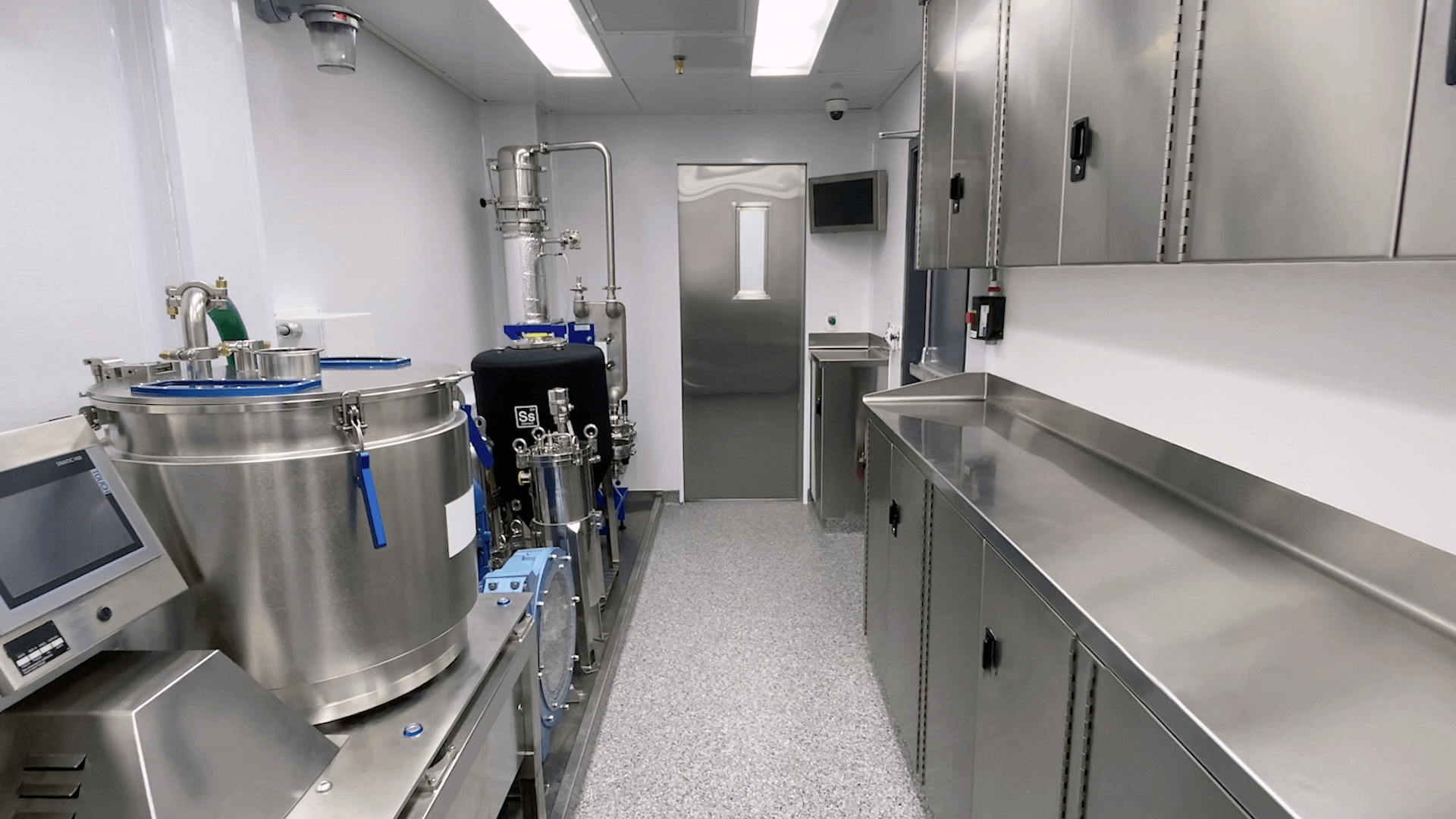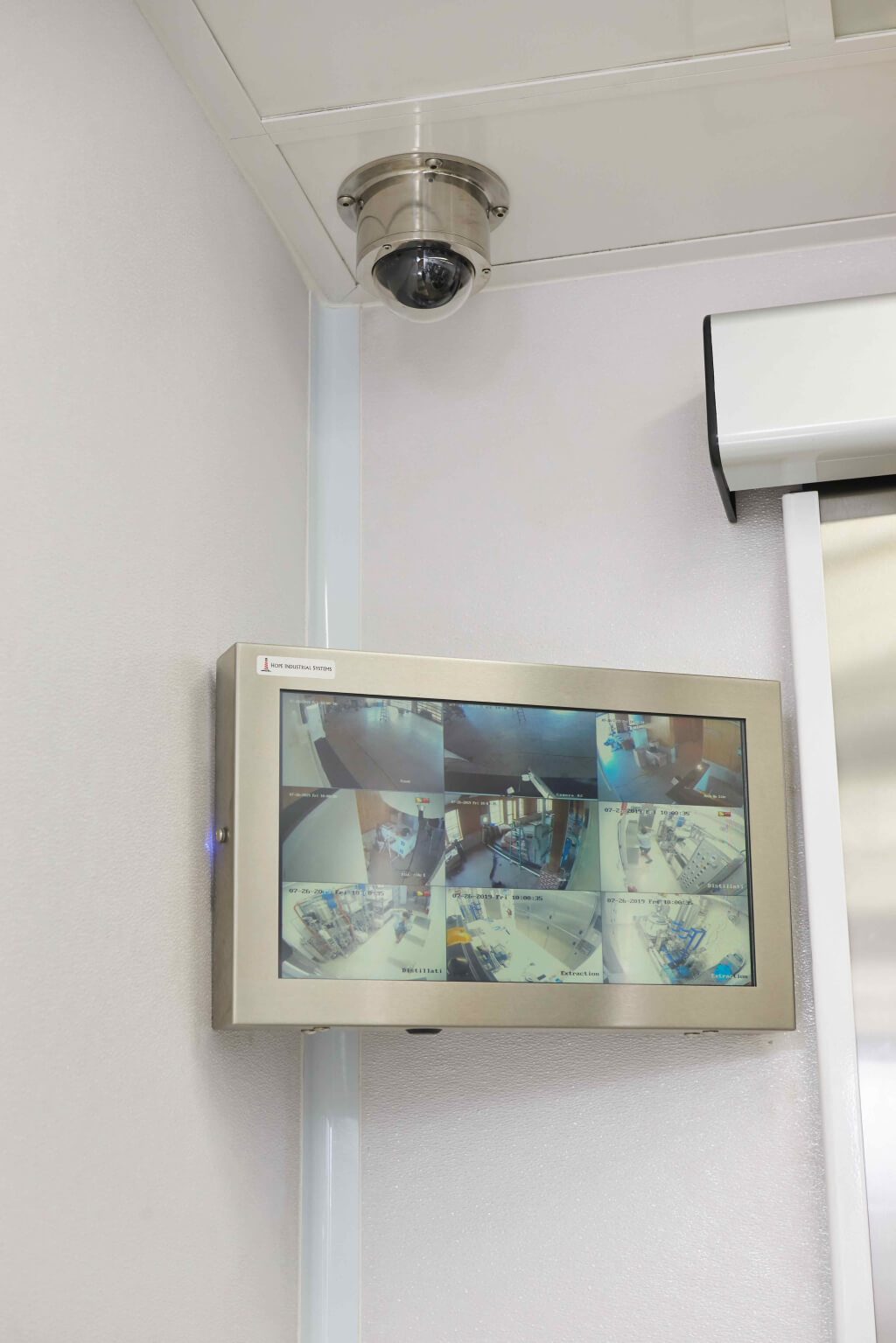Understanding C1D1 & C1D2 for Cannabis Extraction Labs
Understanding C1D1 & C1D2 for Cannabis Extraction Labs
What are C1D1 and C1D2 Classifications?
When examining C1D1 and C1D2 classifications for extraction labs, it’s important to start with a basic understanding of what these classifications are and why they exist. Class 1, Division 1 (C1D1), and Class 1, Division 2 (C1D2) are government-enforced classification systems used when a company requires the use of flammable gases, vapours, or liquids that could cause an explosion or fire hazard. The C1D1 and/or C1D2 classification applies to the physical area wherein these substances could cause harm to an employee or any other person and are used to prevent the occurrences and to minimize their harm if they do occur.
These classifications are not unique to the extraction industry but apply to any industry or company that requires the use of these types of hazardous materials in order to conduct its business. The reason C1D1 and C1D2 classifications are such a hot topic in the extraction industry is that nearly all extraction methods require the use of a flammable, potentially dangerous solvent like ethanol, butane, or CO2.

C1D1 and C1D2 classifications apply to extraction labs because cannabis extraction requires a flammable and potentially explosive solvent like ethanol.
What’s the Difference Between C1D1 and C1D2?
A Class 1, Division 1 (C1D1) location, is one in which ignitable concentrations of flammable gases or vapours may exist under normal operating conditions; or in which ignitable concentrations of such gases or vapours may frequently exist because of repair or maintenance operations or because of leakage; or in which breakdown or faulty operation of equipment or processes might release ignitable concentrations of flammable gases or vapours, and might also cause simultaneous failure of electric equipment.
A Class 1, Division 2 (C1D2) location, is one in which volatile flammable liquids or flammable gases are handled, processed, or used, but in which the hazardous liquids, vapours, or gases will normally be confined within closed containers or closed systems from which they can escape only in case of accidental rupture or breakdown of such containers or systems, or in case of abnormal operation of equipment; or in which ignitable concentrations of gases or vapours are normally prevented by positive mechanical ventilation, and which might become hazardous through failure or abnormal operations of the ventilating equipment; or that is adjacent to a Class I, Division 1 location, and to which ignitable concentrations of gases or vapours might occasionally be communicated unless such communication is prevented by adequate positive-pressure ventilation from a source of clean air, and effective safeguards against ventilation failure are provided.
How to Make Your Extraction Lab C1D1 and C1D2 Compliant
Compliance can require a slightly different application depending on the jurisdiction and size and scope of your lab, but it always ultimately comes down to strict attention to preventative and reactive safety measures. In general, the objective is to have a lab where, if something does go wrong, the issue can be resolved without injury to any people nearby and without extensive damage to that area or adjoining areas.
Here are a few examples of areas in your lab where you will have to meet C1D1 and/or C1D2 certifications:
- Fire suppression systems
- Wiring and electrical components
- Solvent “sniffers” – devices used to measure dangerous amounts of flammable/explosive vapours or gasses in the air
- Flame arrestors – devices that will shut off gas flow if they detect an abnormal amount of heat
- HVAC system – the air ventilation system must be able to clear all the air in the room within a certain amount of time if a dangerous level of vapour or gas is detected
- Security features – access cards & codes, cameras & monitoring, approved door locks
*Please note that this list should not be considered professional advice and should be treated solely as information of general interest.

Security and safety equipment and processes are of the utmost importance when addressing C1D1 and C1D2 compliance.
extractX Mobile Labs
If you’re in the process of building an extraction lab at your facility and are feeling a little overwhelmed by the amount of compliance information to learn and apply, you may be in luck! Our turnkey, mobile extraction labs are built with C1D1 and C1D2 compliance fully considered. If you’re interested in learning more about how we build our labs to meet compliance standards, take a look at our discussion paper: Proprietary construction or a self-contained extraction lab: what’s right for your company?
If you’re a hemp or cannabis cultivator, processor, or formulator creating CBD or THC products, and want to penetrate markets faster with no lab CapEx, then a mobile extraction lab may be right for you. If you are processing more than 75,000 lbs of biomass per year and are interested in a turnkey extraction lab for $0 lab CapEx and 4 months to installation, we want to talk to you today! Please contact us to learn about becoming an extractX partner.
Follow us on social media or sign up for our newsletter for company updates and more content like this.



0 comments
Write a comment